Table of Contents
It’s possible to compost some types of cat litter, while others are more suitable for garbage disposal. Plant-based cat litter can supplement your compost pile with carbon and soak up excess moisture, but ensure that the cat litter you’re composting comes from a healthy cat.
Like any other pet waste, cat litter can become a health hazard if mishandled. Pathogens present risks to your health and to your garden. Precautionary measures can help mitigate these risks.

Heat, for example, is necessary to successfully compost such unconventional compost material, and eliminate the pathogens that come with cat litter. Once you’ve produced healthy cat litter compost, apply it solely to ornamental plants.
Continue reading to learn more about the nuances of composting a complicated organic waste below.
Types of Cat Litter for Composting
The type of your cat’s litter is a determining factor for whether it’s okay to compost. The following types should all have been used by healthy, parasite-free cats. Cat litter from sick cats or cats under medication and special diets, can introduce harmful elements to your compost.
Wood-Based Cat Litter
Cat litter made with wood shavings has a high absorption rate due to the fibers. Overly wet piles will benefit from them when added.
COSYCAT Natural Cat Litter is an eco-friendly option with 100% biodegradable materials. Because it is compostable, it has little impact on the environment.
Made from cedar chips, Cedarific Soft Cat Litter® is an easy-to-use alternative to traditional litters. It is lightweight, consisting of biodegradable wood fibers.
Ökocat Super Soft Clumping Wood Cat Litter® offers organic litter identical to the texture of clay. It has no artificial fragrance, synthetic chemicals, or toxic dyes.
Nut-Based Cat Litter
Some manufacturers upcycle nut shells into organic cat litter.
Naturally Fresh Cat Litter™ is made from crushed walnut shells that neutralize cat odors. It is compostable, and sustainably sourced from a family-owned walnut farm in California.
Another fragrance-free option is LitterMaid Premium Walnut Litter®, consisting of natural walnut shells.
Grain-Based Cat Litter
Certain grains are excellent natural materials to cleanly hold cat manure and urine.
Wee Kitty Natural Clumping Corn Litter® uses biodegradable corn to effectively absorb cat waste. It is biodegradable and free from chemicals. Wee Kitty is not fragrance-free.
Corn kernels are the primary ingredients of World’s Best Cat Litter®. They provide unscented varieties to cat owners and composters.
Sorghum grass seeds from Pioneer Pet Smart Cat Litter® are biodegradable materials. This kitty litter has zero chemicals or fragrances.
Tofu-Based Cat Litter
Soybeans are another popular ingredient for biodegradable litter.
Dofu Cat Tofu Cat Litter™ is an all-natural option, largely composed of edible soy pulp.
How to Compost Cat Litter
When composting cat litter, it’s best to allot a separate space from your main compost. Adequate oxygen, balanced moisture, and optimal heat are necessary to successfully convert organic cat litter into nutrient-rich compost.
Apply the finished compost only to ornamental or garden plants.
Preparing Cat Litter for Composting
Carefully remove any plastic or synthetic element that might have been mixed into your cat litter.
Ideally, unscented, plant-based cat litter with zero chemical or synthetic additives can be composted. Again, the compostable types mentioned earlier should only have been in contact with healthy and unmedicated cats.
Apart from a traditional compost pile, a compost bin, digester, or tumbler would work for compostable litter.
Optimal Composting Conditions for Cat Litter
For a more efficient composting of cat litter, follow the ideal carbon:nitrogen ratio. Mix 25 to 30 parts of brown materials to every 1 part of green materials. Carbon-rich brown materials — such as dried leaves, fallen branches, and untreated sawdust — are excellent sources of energy for composting microorganisms. On the one hand, nitrogen-rich green materials, like food scraps, fruit, and vegetable trimmings, enrich the pile’s microbial growth.
Once your compost materials are layered, place the cat litter at the top center of the pile. Then integrate a thin layer of additional brown material.
Keep the pile wet, but not flooded. Insufficient moisture will slow down decomposition, while too much of it will trigger anaerobic decomposition and unpleasant smells. Add water only when necessary.
In hot piles, maintain an internal temperature of 130 to 170 degrees Fahrenheit. You’ll need to regularly turn the pile for aeration and temperature checks to sustain these temperatures.
Extreme heat is needed to lessen the risk of pathogens and other parasites like Toxoplasma gondii from cat litter. This parasite can survive in soil and end up in your crops (if contaminated cat litter compost is applied).
Pregnant women and individuals with weakened immune systems, in particular, can face serious health complications from a Toxoplasma infection.
By maintaining these optimal conditions, you can safely produce nutritious compost for your ornamental plants out of cat litter.
How Long Does Cat Litter Take to Compost?
In a well-managed compost pile, cat litter can fully decompose anywhere between six months and one year.
How Cat Litter Affects the Composting Process
Integrating cat litter significantly impacts the composting process. Plant-based kitty litter provides carbon in the pile, while cat waste has nitrogen.
Impact on Decomposition
You should process compostable cat litter under high heat to facilitate its safe and efficient decomposition into compost. The carbon in the cat litter fuels the composting microorganisms. However, plant-based cat litter, due to its woody composition, takes time to break down.
You can speed up the decomposition of these materials by regularly turning the pile and maintaining the optimal temperature.
Steer clear of cat litter containing nonbiodegradable elements as it can hinder your compost pile’s decomposition rate.
Microbial Activity
Cat litter should be balanced with other compostable materials. A balanced mix of organic materials will stimulate healthy microbial activity.
Used cat litter may contain pathogens and unwanted microbes that can harm the beneficial composting microorganisms. To mitigate this risk, maintain your compost pile’s temperature between 130 and 170 degrees Fahrenheit.
Temperature and Moisture
Heat from continuous microbial activity can “cook” organic materials, including cat litter. Increase the temperature further by turning the pile for aeration.
If your compost gets too wet, it will decompose more slowly and produce unpleasant smells. Counteract excess moisture by adding more carbon materials to your compost bin or pile.
Potential Issues With Composting Cat Litter
Composting cat litter will nourish the soil and lower your pet cat’s environmental footprint. However, doing so presents certain challenges.
Will Composting Cat Litter Attract Pests?
Composting cat litter can attract certain pests like household flies, especially ones soiled with cat manure and urine. To mitigate this problem, mix cat litter with other composting materials and avoid adding too much water. Covering your compost can also help keep pests out.
Will Composting Cat Litter Cause Odors?
Cat litter alone won’t cause unpleasant smells in a well-balanced compost heap. But when there’s excess water and insufficient oxygen, it can lead to anaerobic decomposition and unpleasant odors.
Turning your compost heap to enhance airflow and adjusting moisture levels can rectify this issue.
Methods for Composting Cat Litter
While various composting methods can handle other organic wastes, only a few options are suitable for handling cat litter.
Hot Composting
Hot piles can safely convert cat litter into nutrient-rich soil amendment. It heavily relies on the heat generated by composting microorganisms. Unlike other methods, well-managed hot plies can yield compost faster.
Some composters may find a hot compost system to be impractical due to its demanding maintenance. Constant temperature checks are necessary to maintain the optimal temperature range of 130 to 170 degrees Fahrenheit. Proper airflow can be achieved through turning the pile regularly. Oxygen will further increase the temperature of your compost pile.
A hot pile should be set up away from your vegetable garden (if any). Allocate a separate compost for cat litter.
Cold Composting
Cat litter is not suitable for cold piles. Due to its lack of heat, cold composting cannot eliminate pathogens from spent cat litter. Adding cat litter to your cold compost system can harbor pathogens that are hazardous to your health and garden.
Vermicomposting
Unique challenges arise from vermicomposting cat litter. Plant-based cat litter can release chemicals when added to your worm bin. Some worm species are sensitive to this gas, and it can kill them even in minimal amounts.
Prepare a different bin or system where you can add compostable cat litter and other worm bedding ingredients. Add moisture as needed and allow it to break down. Some composters connect or link this system to their primary worm farm until the worms become attracted and find the cat litter waste. The resulting worm castings can be used as a healthy soil additive for your flower beds.
Bokashi Composting
Through fermentation, you can draw out nutrients from cat litter and other organic materials.
Bokashi Pet Cycle™ consists of two Bokashi composters with lids for anaerobic decomposition. The Bokashi accelerant concentrate and culture mix kickstarts the breakdown of organic wastes. Apart from cat litter, other animal waste (like dog poop) can be safely added to a Bokashi pet waste disposal bin.
Alternatives to Composting Cat Litter
Sending your biodegradable cat litter to certain industrial facilities is an excellent alternative to composting at home.
Industrial Composting of Cat Litter
Some commercial composting centers in the United States can handle complex waste, including cat litter. These facilities work at high temperatures, effectively composting the litter.
Some states, like Washington, prohibit cat litter and other pet waste in curbside receptacles and drop-off collection points due to infectious disease concerns.
Contact your local composting center to see if they accept biodegradable cat litter.
Disposal Options for Cat Litter
If none of the options are feasible, dispose of your cat’s litter properly.
Plant-based litter should be transferred from the litter box and sealed to a biodegradable bag.
It is not recommended to flush cat litter down the toilet as it may introduce parasitic contamination to your water supply.
What Cat Litter Shouldn’t Be Composted?
Some types of kitty litter contain chemicals that prevent them from decomposing properly. Additionally, chemicals from these litter can harm composting microorganisms and survive the composting process, possibly contaminating the soil when applied.
Although popular and widely available, clay-, sand-, and silica-based litter shouldn’t go to your compost pile. Avoid scented litter too and clumping litter that has chemical treatments.
Litter from sick or medicated cats, or those on special diets, can bring hazardous elements into your compost.
Dispose of these types in a suitable garbage bin.
Safety and Precautions When Composting Cat Litter
Always put on gloves when handling your cat’s litter. Maintaining your cat’s health can minimize health risks from cat poop and urine. Regular visits to the vet can also help control parasites like roundworms.
Compost cat litter in a separate bin or pile to avoid unforeseen pathogenic contamination of other organic materials.
As previously discussed, use the resulting compost with cat litter only for ornamental plants.
After composting, remember to wash your hands thoroughly with soap and running water.
FAQ
Can I compost cat litter in a hot temp tumbler?
Biodegradable cat litter can be integrated into a hot compost tumbler. When prepared correctly and processed under optimal conditions, plant-based litter will eventually break down. A hot tumbler will generate compost faster due to its heat and microbial activity.
Can I compost cat litter from a sick cat?
Composting cat litter from sick cats is not recommended due to health risks. Some pathogens can survive in hot piles, especially if optimal temperatures are not met consistently. Consequently, they can harm beneficial microorganisms and contaminate your food crops and soil.
Where can I use my cat litter compost?
Only apply cat litter compost to ornamental plants. Do not use the compost on crops or edible plants, nor anywhere close to them.




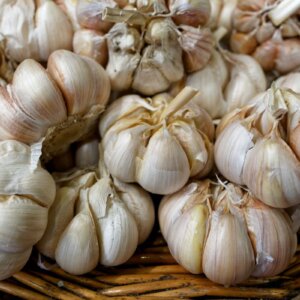


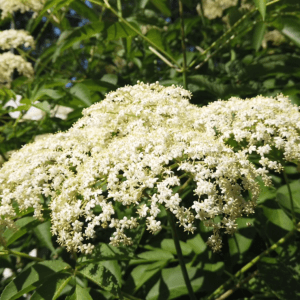



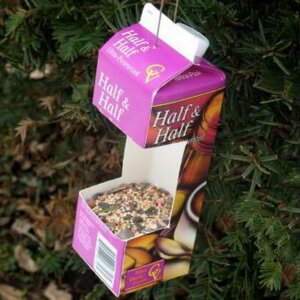

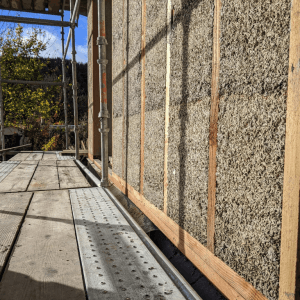

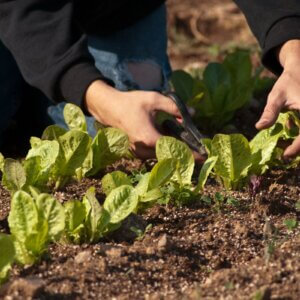


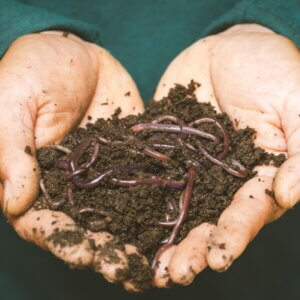

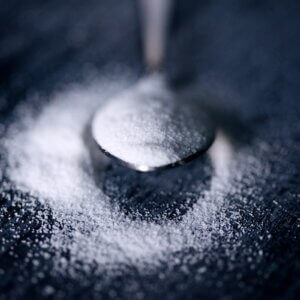




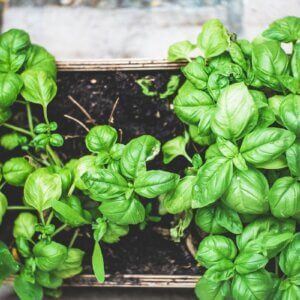
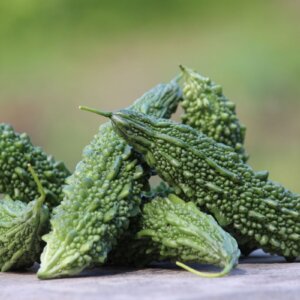


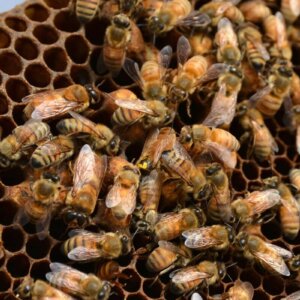


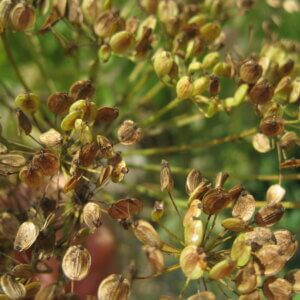



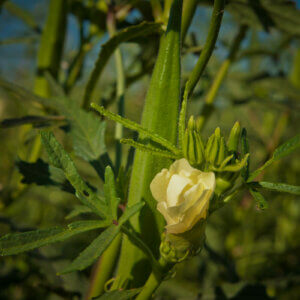

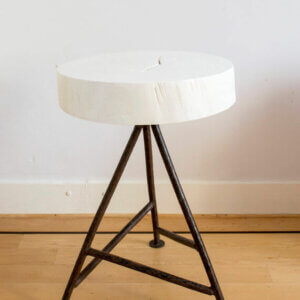



Leave a Reply